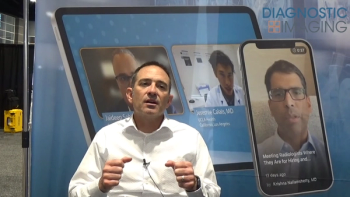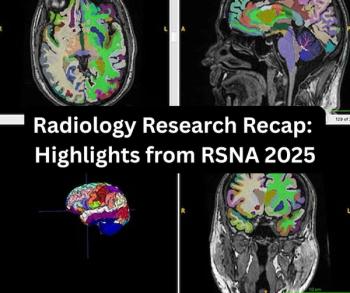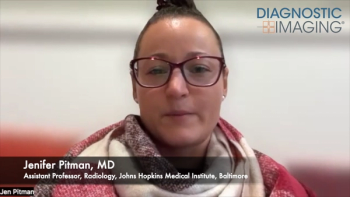
PACS in ICU saves more than time and money
Nowhere has the promise of PACS blossomed more than in hospital intensive care units. Everywhere in the hospital, PACS saves time and money. In the ICU, PACS helps save lives. "I no longer have to walk to a different department or wait until the films
Nowhere has the promise of PACS blossomed more than in hospital intensive care units. Everywhere in the hospital, PACS saves time and money. In the ICU, PACS helps save lives.
"I no longer have to walk to a different department or wait until the films are physically brought to me," said David Wong, director of surgical intensive care at the Arrowhead Regional Medical Center (ARMC) in Colton, CA. "The time saved is crucial when treating unstable patients who require minute-to-minute attention."
Before the PACS was available to Arrowhead's trauma surgeons, all film had to be manually pulled from the radiology file room. CT scans, a critical ICU diagnostic tool, were not available until a technician processed them, which often took as long as an hour.
At other times, conventional films could not be found because other hospital services had checked them out and not returned them, and the trauma team would have to order new studies. This could happen to a critically ill patient several times over the course of a number of days, according to Wong.
"When old films were lost, I would not be able to compare changes seen on more recent films - an important diagnostic maneuver," he said.
With the PACS, which includes two 21-inch monitors placed side by side in the center of each unit, CT scans are immediately available. The films are sent directly to the ICU, where they remain stored in the PACS workstation until the patient is discharged.
Steps like comparing films, adjusting contrast and brightness, and changing soft-tissue windows are made easy with the PACS, Wong said.
"I can now view CT scans in the same unit as the patient," he said. "With film, we were not able to change soft-tissue windows or contrast and brightness. This made made reading CT scans useless, especially when looking at lung disease or free air in our trauma and surgical patients."
ARMC's PACS has an intuitive Windows-based interface that has facilitated widespread acceptance of the new technology.
"I find nurses, medical students, and respiratory therapists using the PACS as much as the physicians," Wong he said.
Newsletter
Stay at the forefront of radiology with the Diagnostic Imaging newsletter, delivering the latest news, clinical insights, and imaging advancements for today’s radiologists.




























